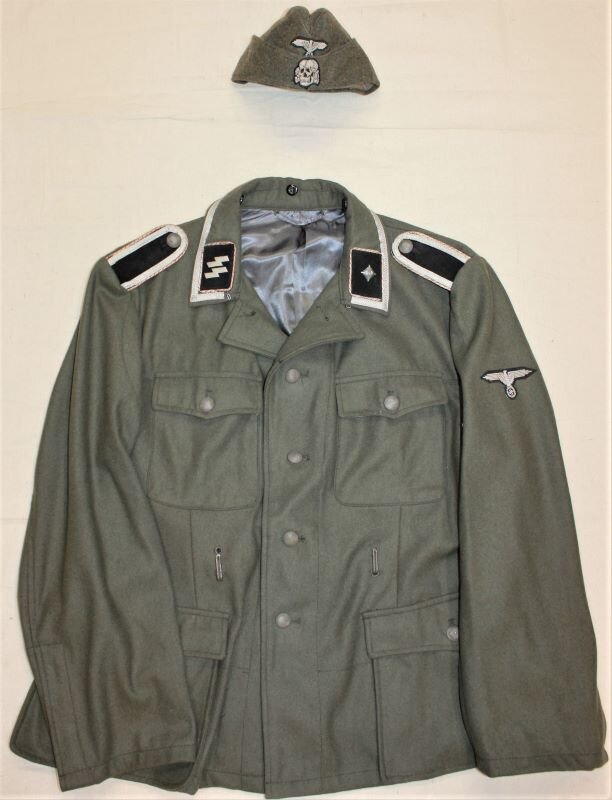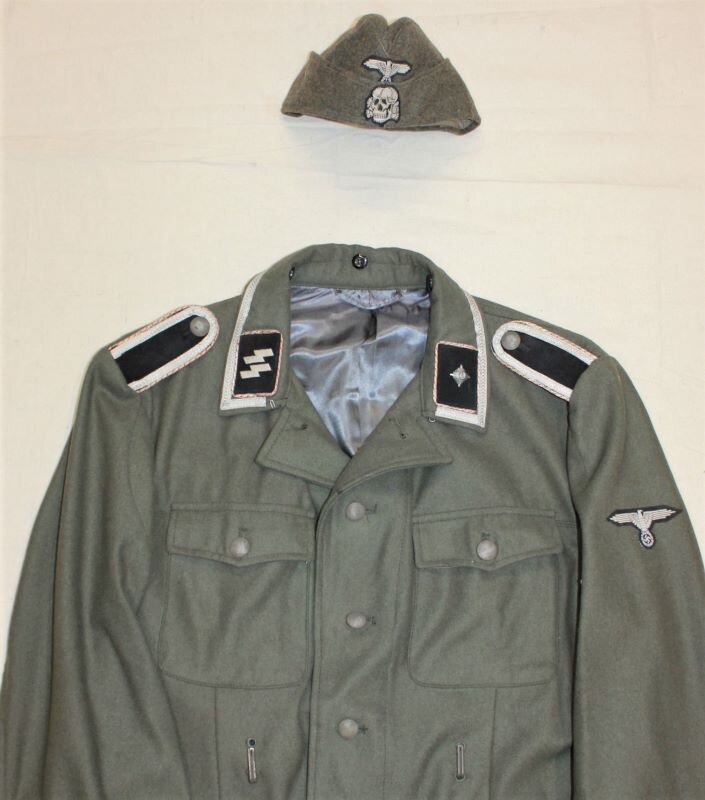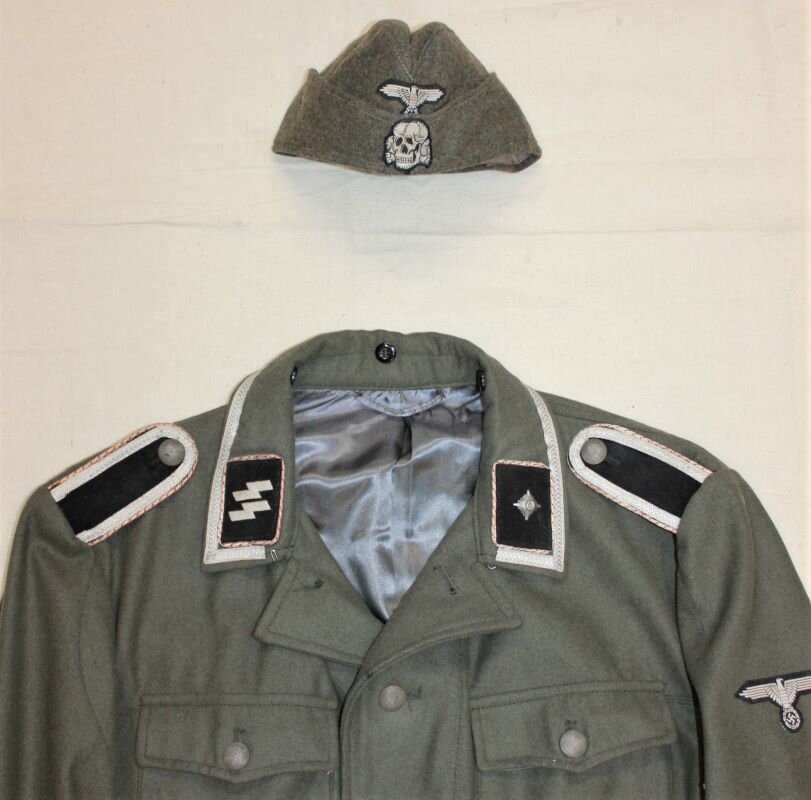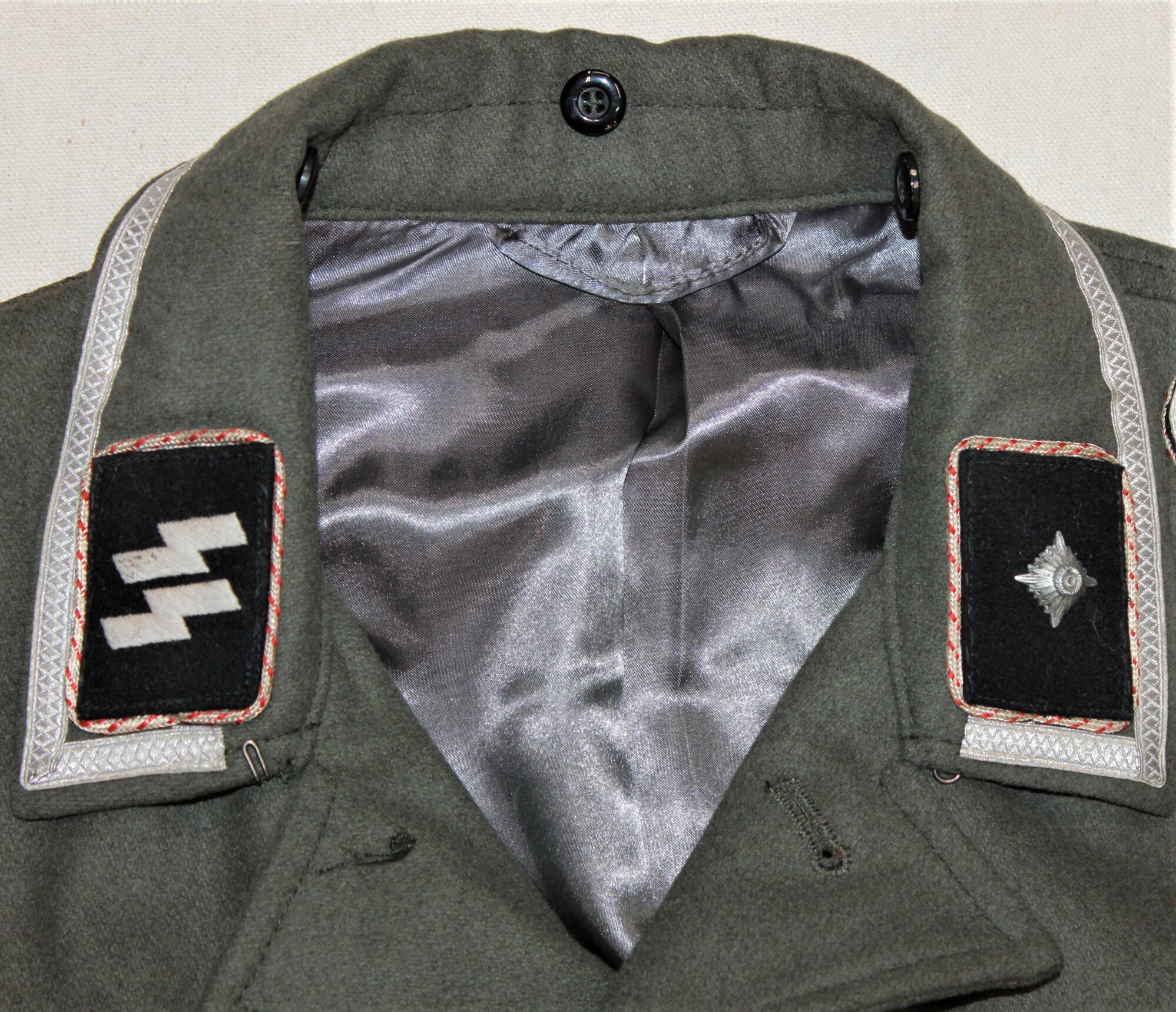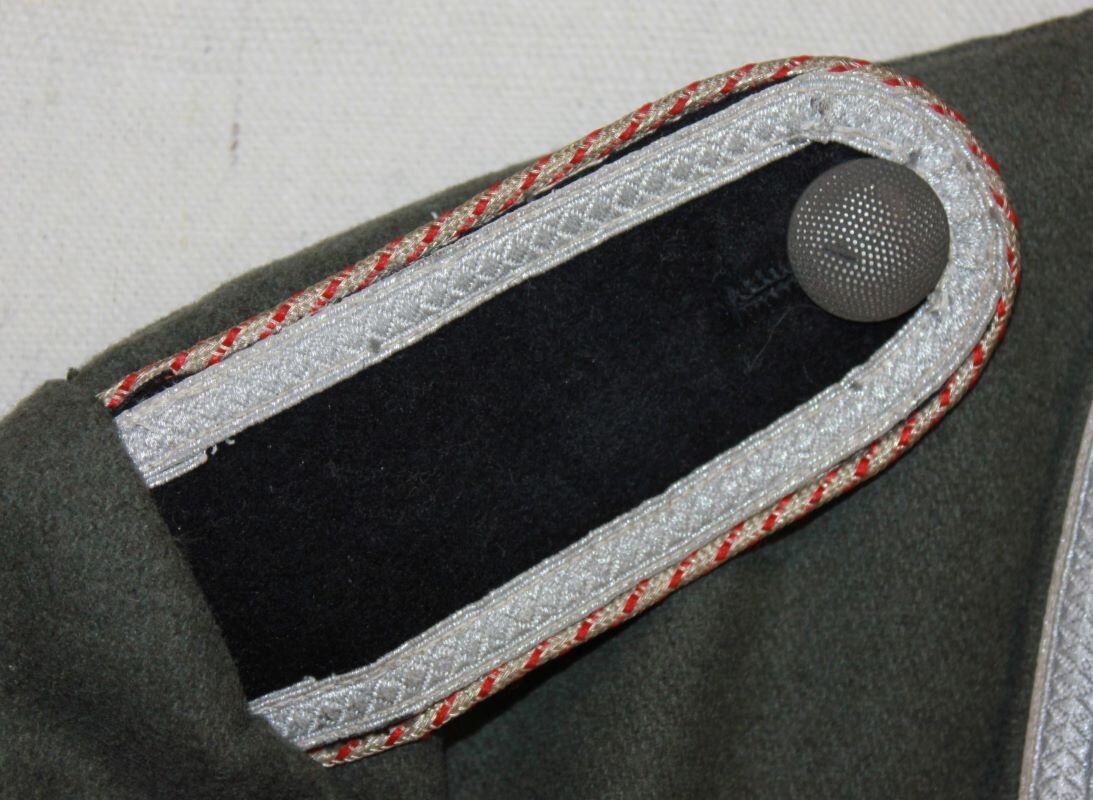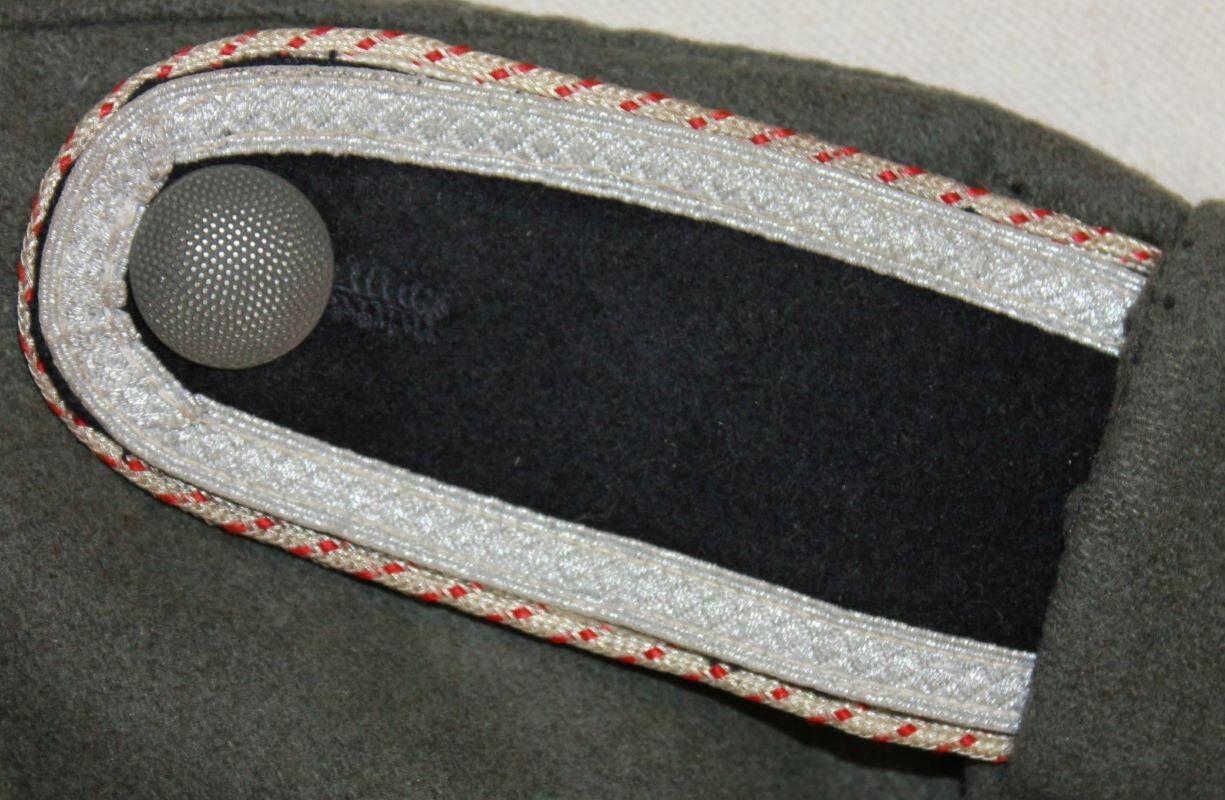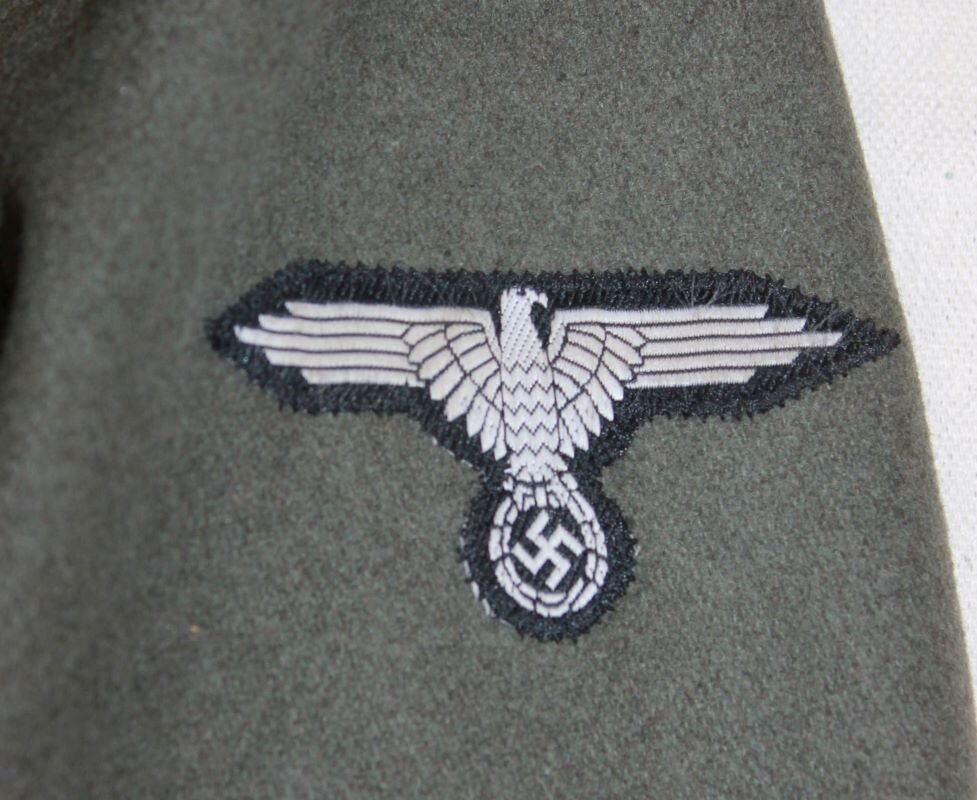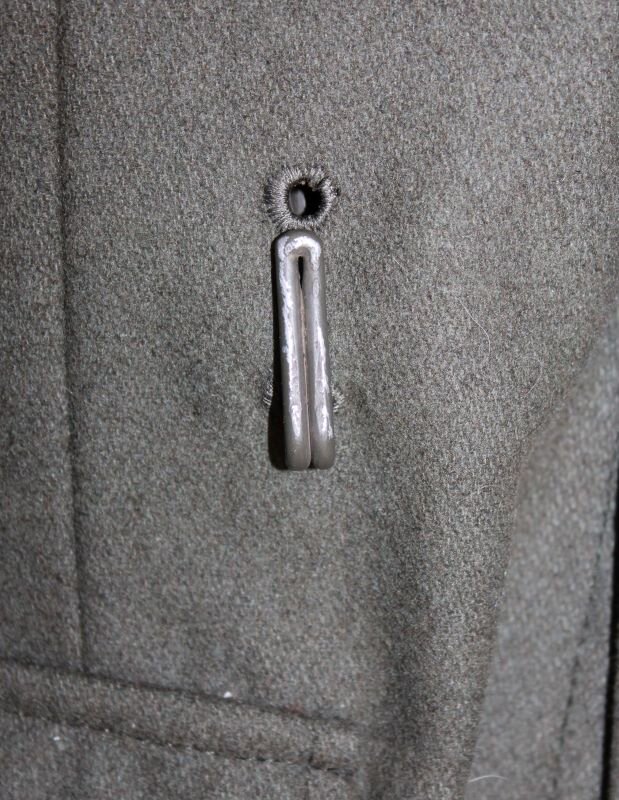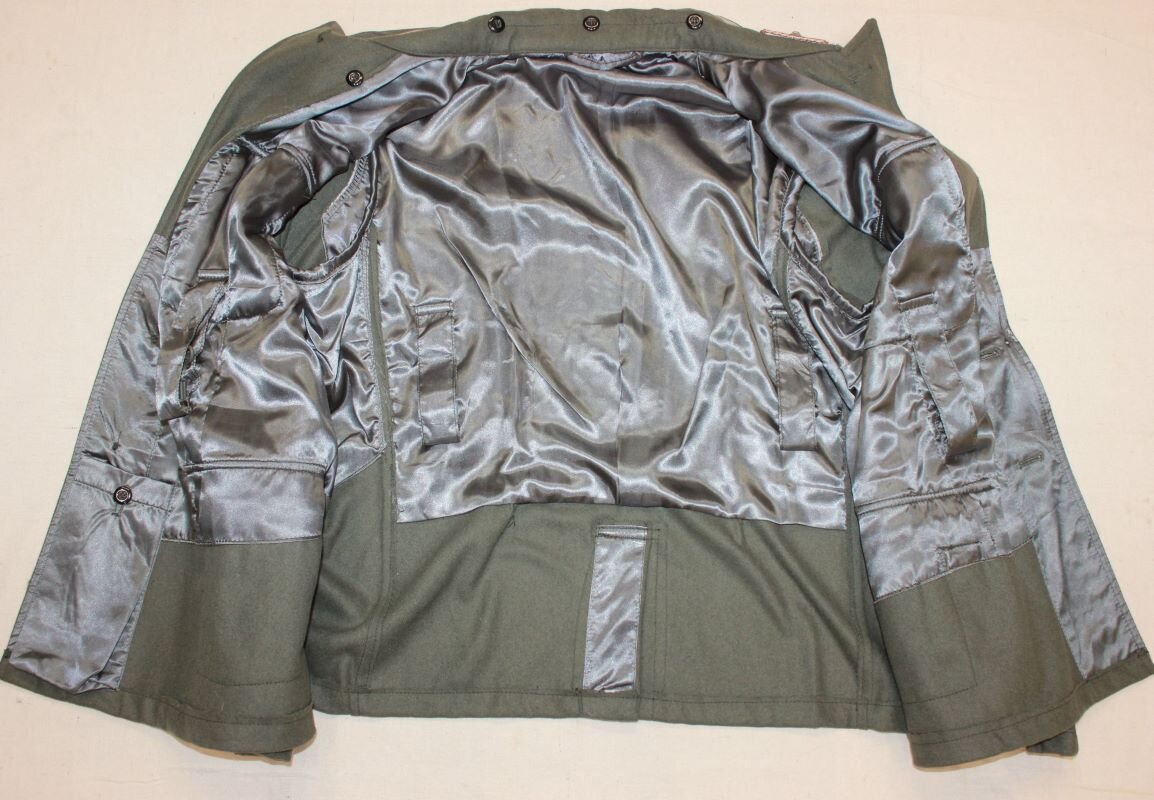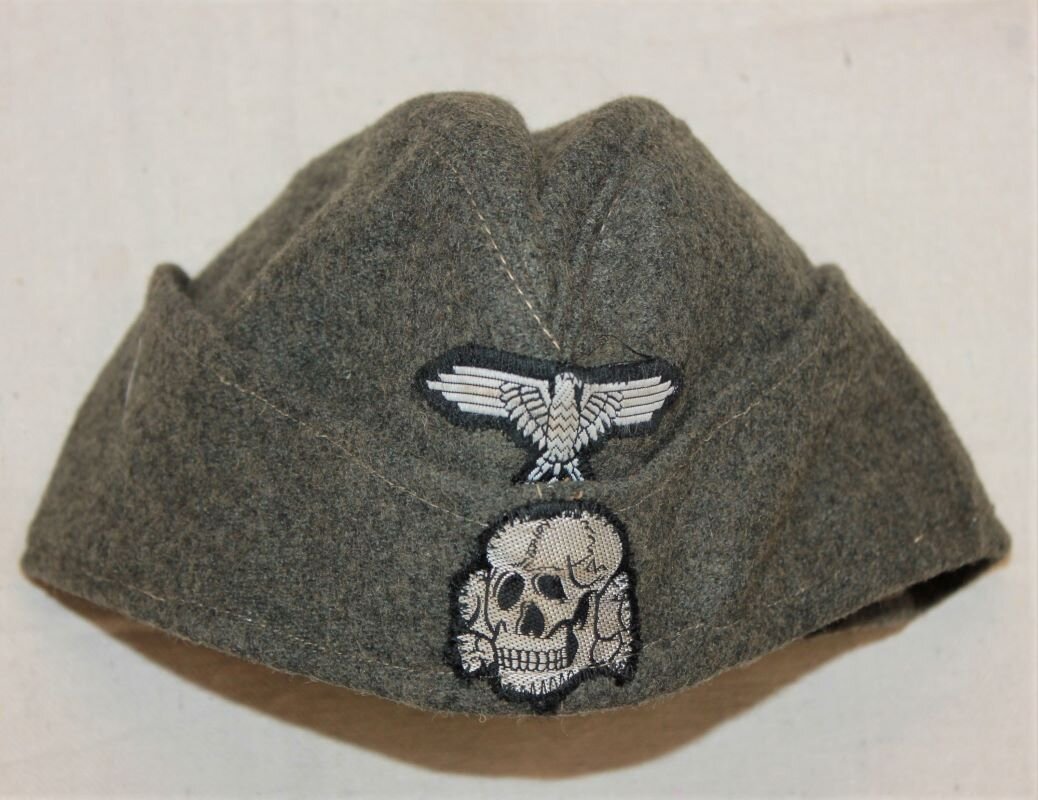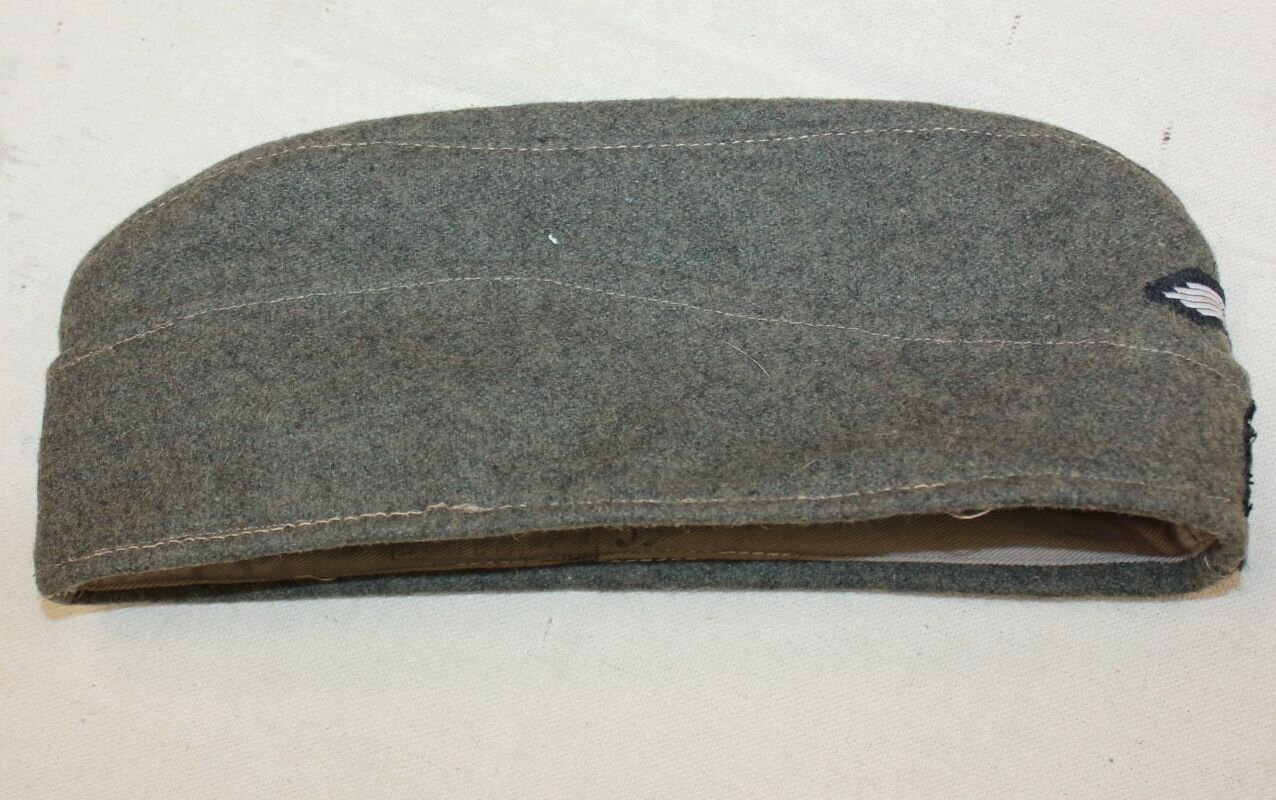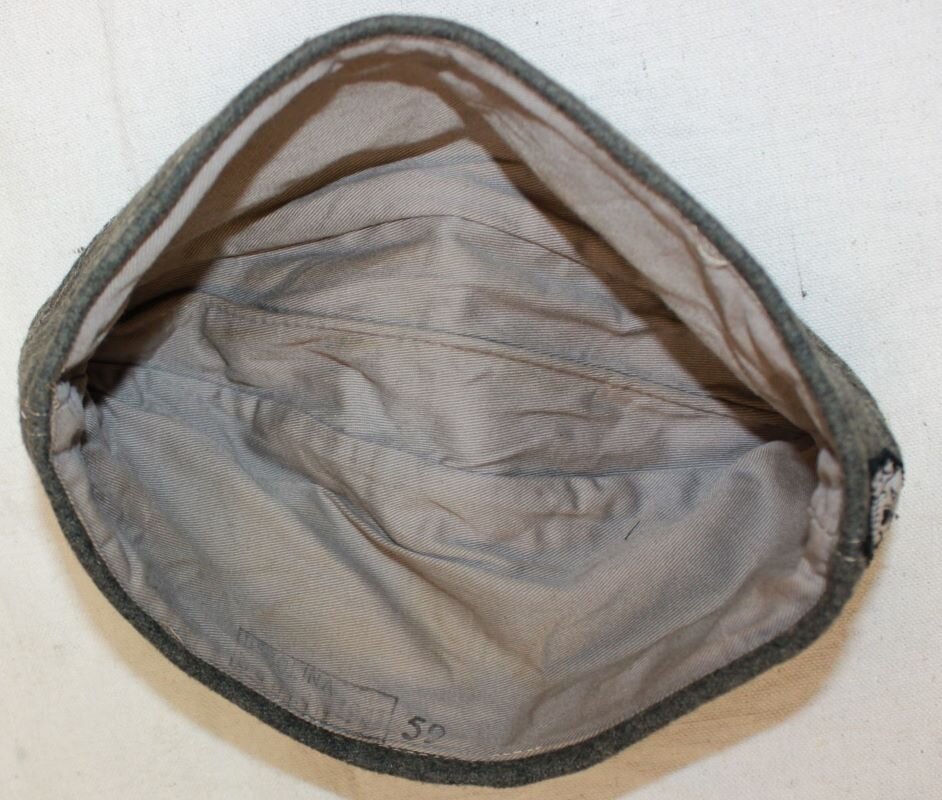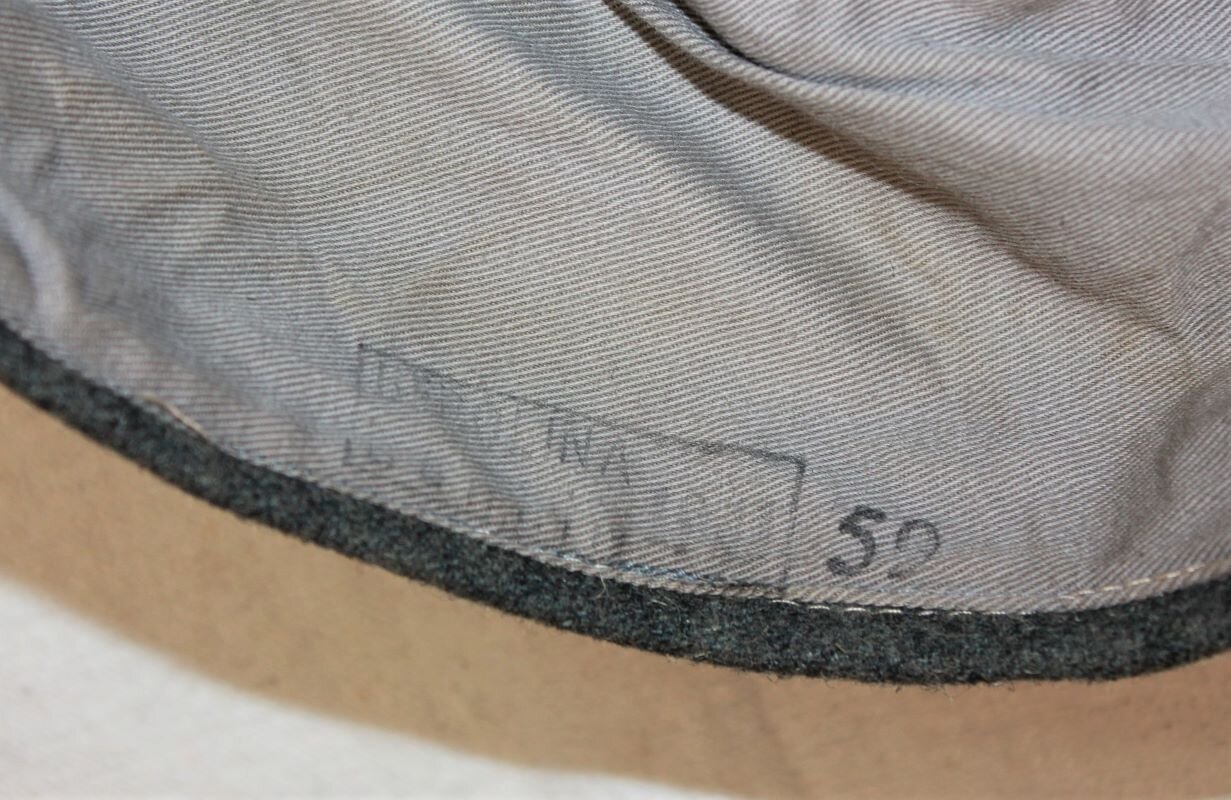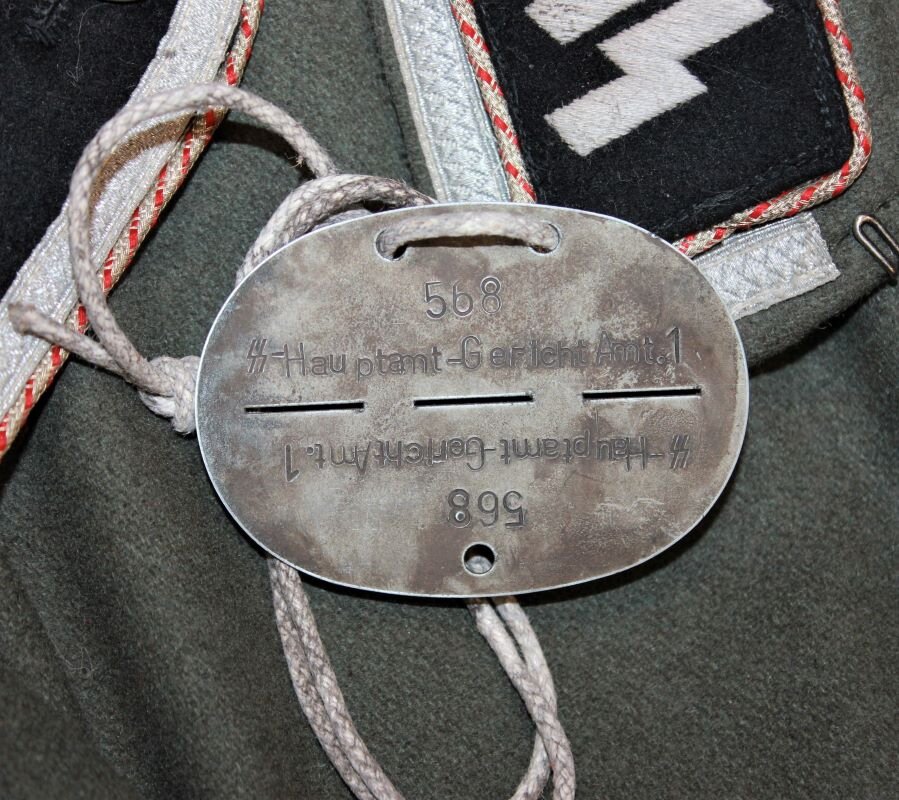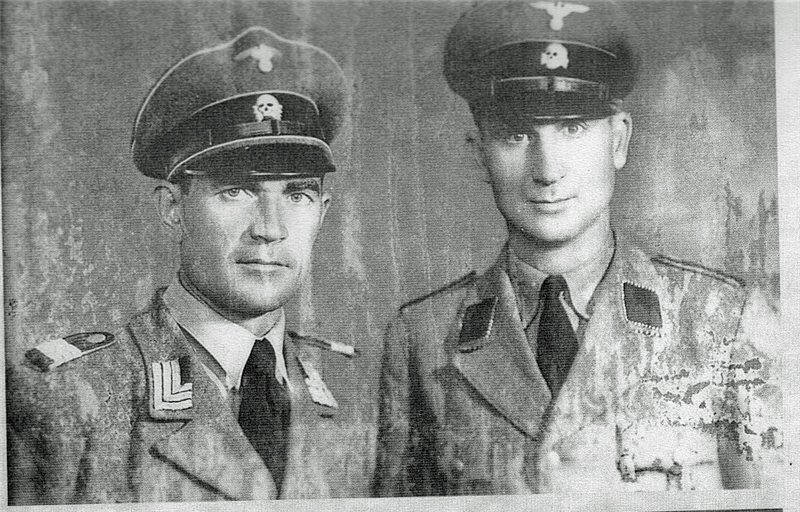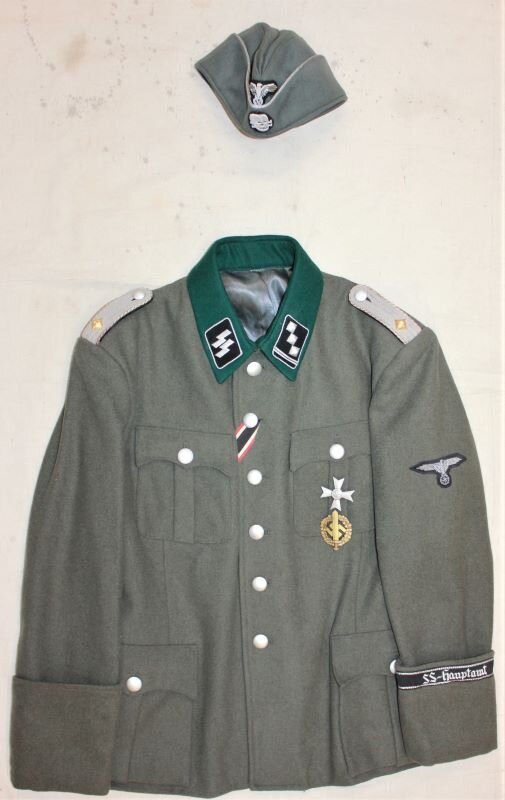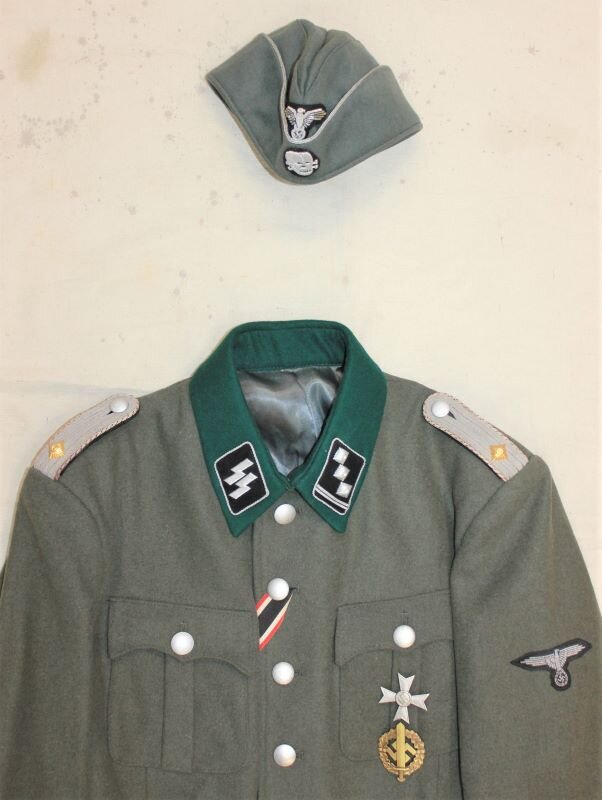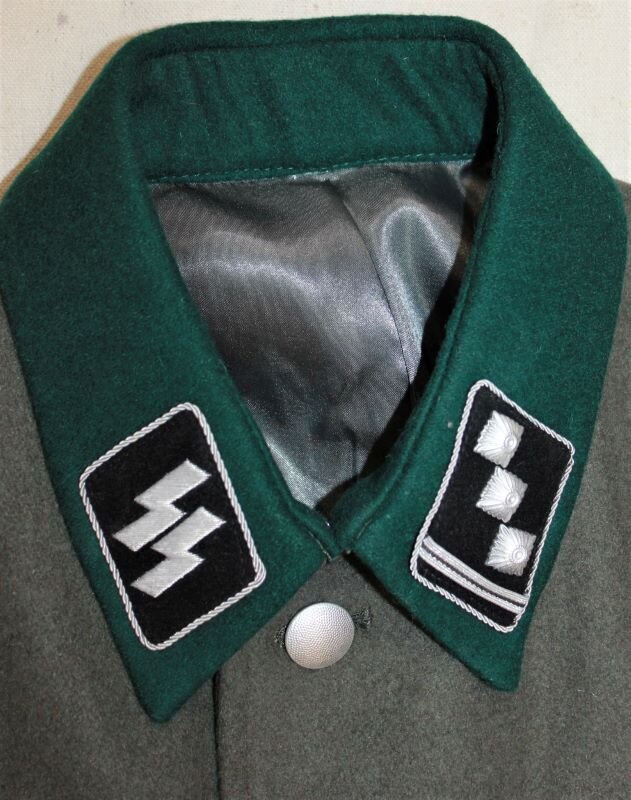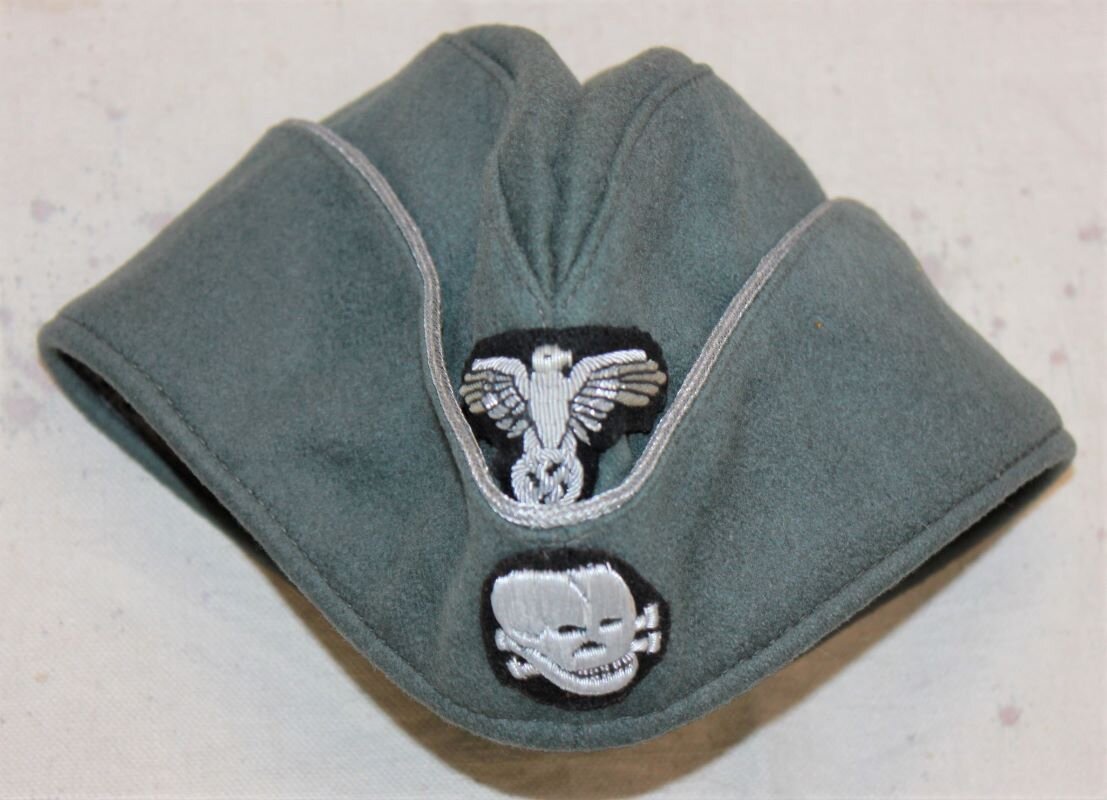SS-Fachfuhrer :
SS-Fachführer, SS-Unterscharführer (F) Hauptamt SS-Gericht (Mid-Grade):
The Hauptamt SS-Gericht was the legal department of the SS. It was responsible for formulating the laws and codes for the SS and various other groups of the Polizei. Conducting its own investigations and trials, the SS-Gericht administered SS u. Police Courts as well as the penal systems. An extension of the previous SS-Gericht, an organisation that administered surveys of the SS and Polizei forces and their codes of honour.
The Hauptamt SS-Gericht had four departments or Amtsgruppe: Amt I Legal Affairs, Amt II Organisation, Personnel & Disciplinary, Amt III Pardons, Reprieves and the Execution of Sentences, and Amt IV Liaison Office. Headquartered in the high court offices in Munich, the office worked with 605 qualified lawyers and specialist staff. It passed sentences on hundreds of the SS u. Polizei, though Reichsführer-SS Heinrich Himmler often changed the sentences.
By 1944, the number of SS-Hauptamt offices within Germany had grown from 8 to 12. The Hauptamt SS-Gericht also administered 38 regional SS courts throughout the Third Reich. The office’s legal jurisdiction superseded civilian courts, and its laws extended to all SS u. Polizei members operating in Germany or throughout occupied Europe. These were the only authorities that could try SS personnel for criminal behaviour.
The SS u. Polizei courts were subdivided into four: SS u. Polizeigericht for the trial of SS officers and enlisted men accused of minor and somewhat serious crimes. The Feldgerichte: Waffen-SS Court for Waffen-SS military personnel accused of violating the military penal code of the German Armed Forces.
Oberstes SS u. Polizeigericht: for the trial of serious crimes and also any infraction committed by SS Generals. SS u. Polizeigericht z.b. V. a secret tribunal that was assembled to deal with highly sensitive issues that were desired to be kept secret even from the SS itself. The one exception to the SS u. Polizei Court’s jurisdiction involved members of the Allgemeine-SS who were serving on active duty in the regular Wehrmacht.
In such cases, the SS member in question was subject to regular Wehrmacht military law and could be enlisted & officer Fachführer Schulterklappen from a period publication. face charges before a standard military tribunal. In 1943, SS-Sturmbannführer Georg Konrad Morgen, from the Hauptamt SS-Gericht, began investigating corruption and criminal activity within the Konzentrationslager (KZ) or Concentration Camps System.
He eventually prosecuted so many SS officers that by April 1944, Reichsführer-SS Heinrich Himmler personally ordered him to restrain his cases. Among the people he investigated was Karl Otto Koch, the commandant of Buchenwald and Majdanek and husband of Ilse Koch, as well as Buchenwald's concentration camp doctor, Waldemar Hoven, who was accused of murdering both inmates and camp guards who threatened to testify against Koch.
In 1944, while investigating the Auschwitz commander, Rudolf Höss, Morgen's assistant, SS-Hauptscharführer Gerhard Putsch, disappeared. Some theorised this was a warning for Morgen to ease up on his investigations, as the building where his files were stored was burned down shortly thereafter. Morgen, who had been an SS judge and investigator, later testified at the Nuremberg trials.
He later claimed that he fought for justice during the Nazi era, and cited his long list of 800 investigations into criminal activity at concentration camps during his two years of activity.
This SS-Unterscharführer (F) works as a lower-level investigator reporting to the legal staff as they prepare for prosecution. Wearing the SS-Feldbluse Model 1944, commonly referred to as the M43, as it was patterned on the Heer Feldbluse issued a year prior.
The lower level Stellenggruppe G Fachführer Schulterklappen and collar Litzen are both piped with rote u. silber Waffenfarbe.
SS-Fachführer u. SS-Obersturmführer Amt Ergänzungsamt der Waffen-SS SS-Hauptamt:
To fill the increasing shortages of personnel in various departments at the wartime SS-Hauptamt in Berlin, the SS followed the example of the Heer, putting in place the rank of Sonderführer in November 1941.
In June 1942, the SS departed from the standardized title, changing the grade to Fachführer. Assigned to the SS-Hauptamt, the SS-Obersturmführer serves in the Druckerie, printing office, of the Amt Ergänzungsamt der Waffen-SS (Office of Recruitment, Procurement, and Education).
As with Heer & Luftwaffe officials, the Fachführer were broken down into Stellengruppes or grades reflecting training in both civilian specialties as well as military, basically non-commissioned officer as well as lower, middle, and senior officer equivalent ranks.
At the rank of SS-Obersturmführer, this Fachführer manages many aspects of the production of SS recruitment and training materials from the printing office. He is also available for duty in the field for start-up publishing operations for the creation of recruiting materials in local languages in areas under German control.
In a world of only print and radio communications, posters, pamphlets, magazines, and books carried an impact that is hard to conceive in the modern world of visual media, graphic art, and engaging print stories were the internet of the day.
The Fachführer wears a Dienstanzug Model 1936 für Offizier. With the change of title from Sonderführer to Fachführer in 1942 came the change of Schulterklappen with rote u. silber Nebenfarben.
The impact of this officer’s work is reflected in the Kriegsverdienst Kreuz I. u. II. Klasse was given for recognition of meritorious acts that lead to successful acts at the front. In this case probably successful in recruiting materials that were brought forward by several volunteers. He has also earned the SA-Wehrabzeichen, proving his frontline fitness.
Note, the tense-looking SS-Fachführer in the photo, I say jokingly, but he may have had too much Pervitin given to the soldiers to keep them moving and motivated on main assaults; it backfired, though. Interestingly, he wears a Wehrmacht Crusher Type Cap as he’s assigned to work for the SS. Maybe it was just to have a crusher for the picture? To clarify, was he not a member of the SS? This is unclear to me, but it is interesting. On the same note, the National Eagle on the sleeve is not a standard SS issue but appears to be a Heer pattern. He does wear the Heer M36 jacket as well, these were popular amongst the Waffen-SS.
